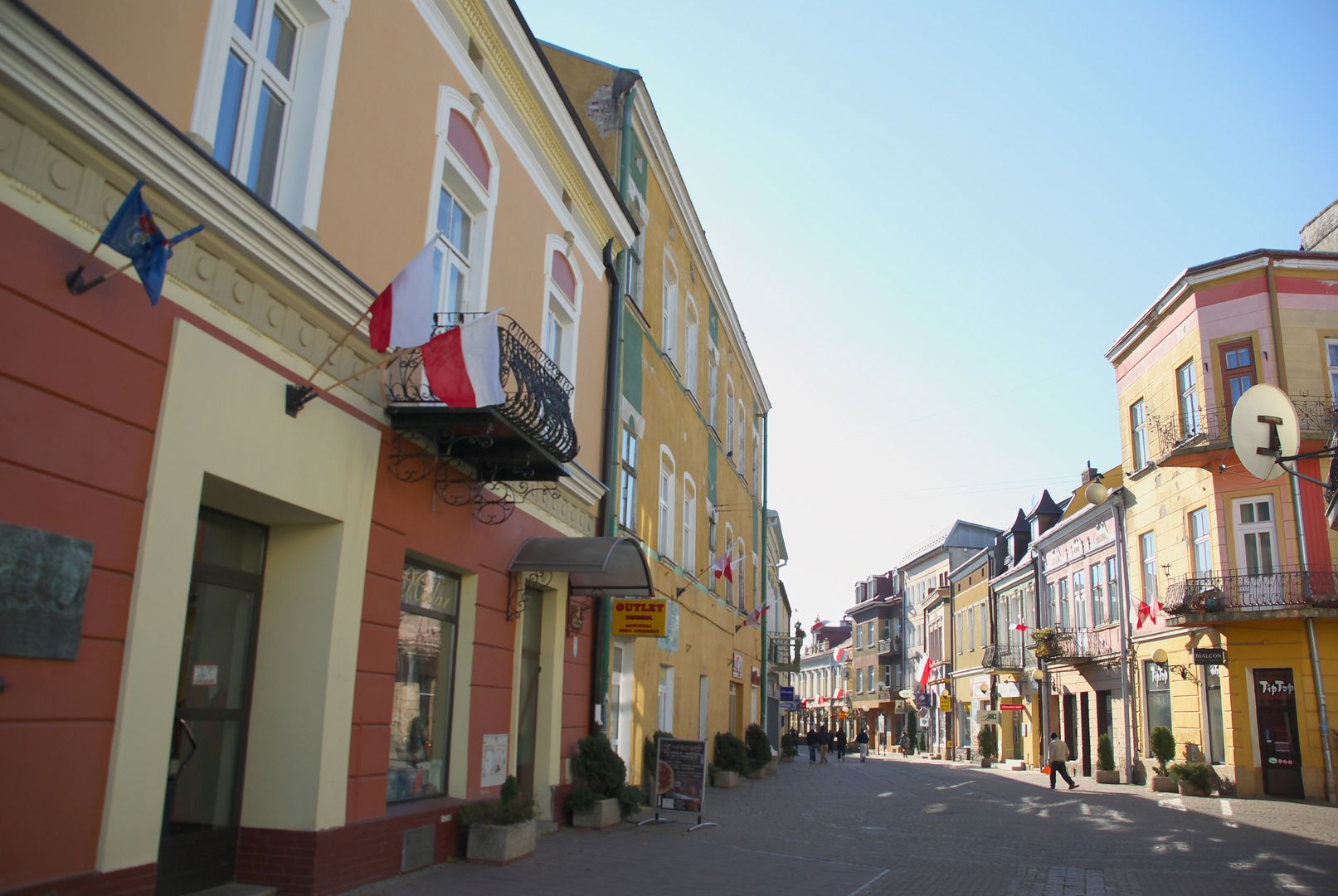3 Maja Street in Sanok
6.14

Overview
3 Maja Street in Sanok is a historic thoroughfare that forms an important part of the city's architecture and culture. Measuring 170 meters in length, it serves as a pedestrian promenade, distinguished by its well-preserved 19th-century buildings, primarily in the eclectic and Art Nouveau styles. The street was originally laid out during the Austro-Hungarian era as Ulica Nowej Rady (New Council Street) in 1867, and adopted its current name in 1891 to commemorate the centenary of the adoption of the Constitution of 3 May. In later renamed periods, during World War II, it was called 3 Mai Strasse and Adolf Hitler Strasse. After the war, until 1991, it functioned as 22 Lipca Street (22 July Street).
3 Maja Street has a rich history, having served as an important communication route since the Middle Ages. Within its area were fragments of the walls of the Hungarian Gate and the hospital church, as well as trading places, including shops and restaurants. In 1872, the street suffered damage due to a fire that destroyed one-third of the city, necessitating reconstruction. In the 20th century, the street became the site of various social events, including the Hunger March in 1930.
Today, the street features numerous cafes and service establishments, and its historic buildings, such as the tenements at numbers 1, 2, 5, 14, and 18, are listed in the municipal register of monuments. Interestingly, the street has been immortalized in literature, associated with the character of Josef Švejk, as well as in Bartłomiej Rychter's crime novel set in 19th-century Sanok, depicting the realities of life in the city. After revitalization in 2002, 3 Maja Street was closed to vehicular traffic, becoming a tourist attraction and a meeting place for residents.
Location
2025 Wizytor | All Rights Reserved